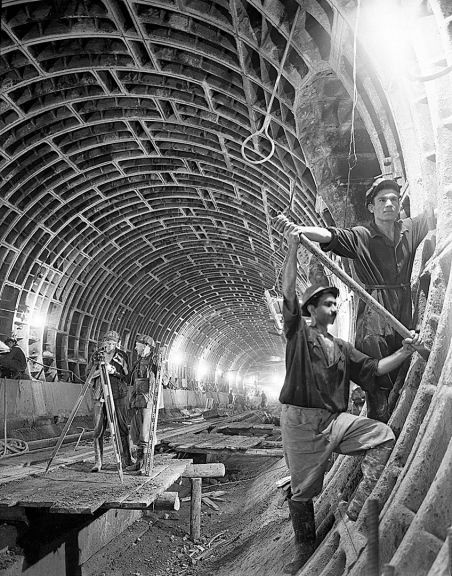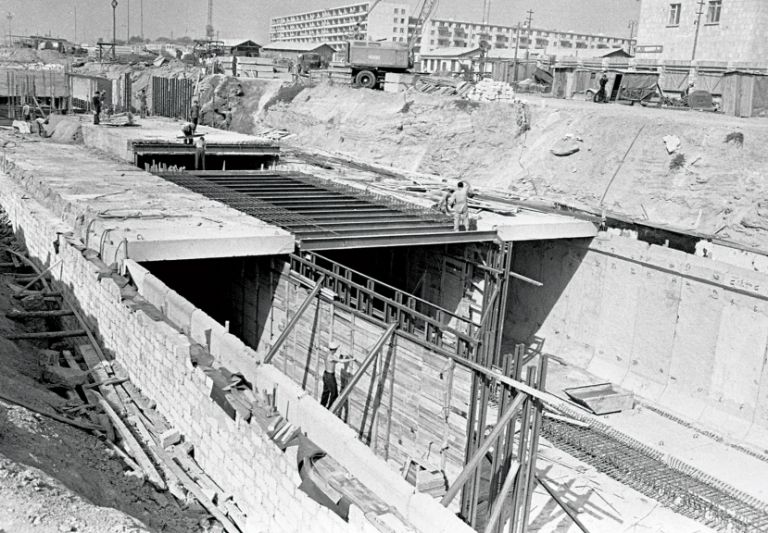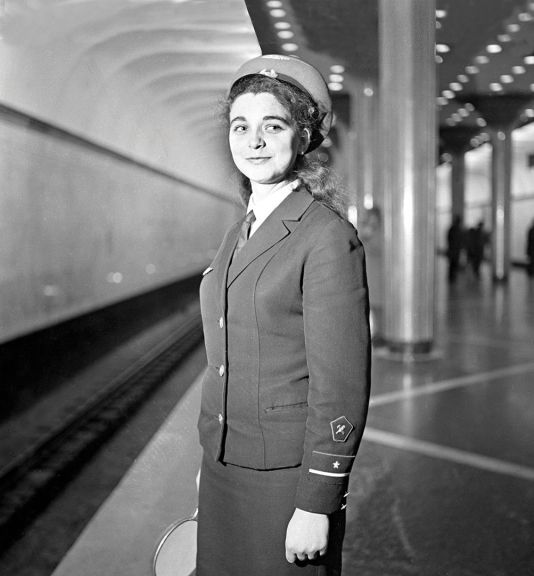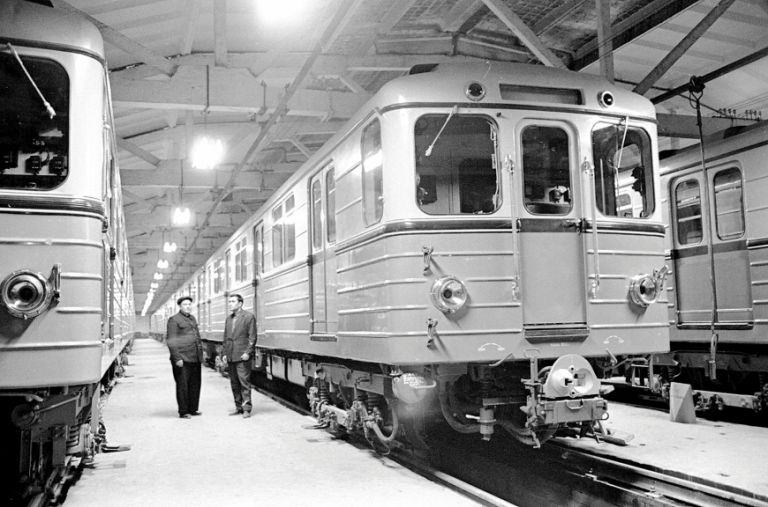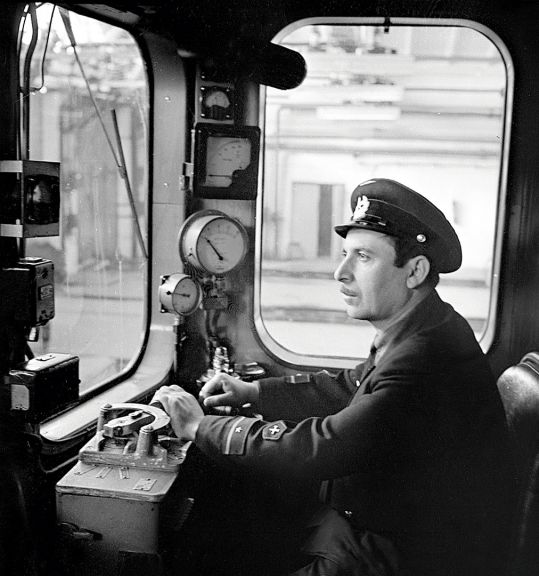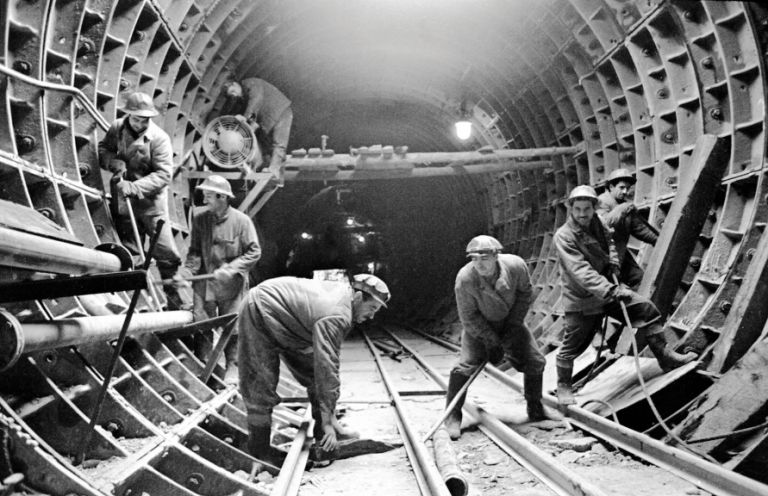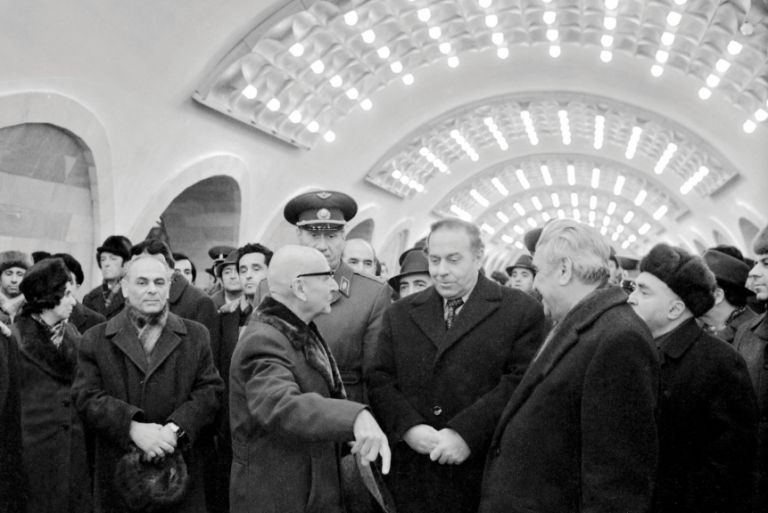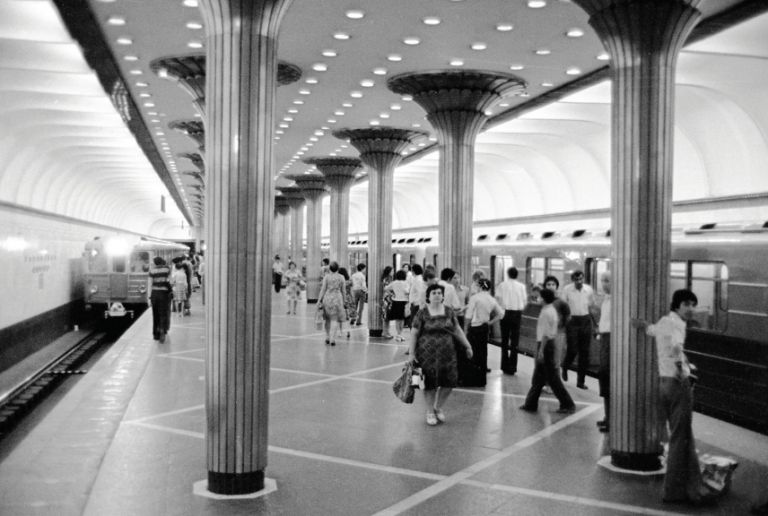Long before the Baki Kart travelcard, air-conditioned carriages and the new Violet Line, the following photo series captures moments from the early days of the Baku Metro. Spanning roughly a decade between the 1960s and 70s they show the metro’s construction and everyday life up to the opening of Nizami station in 1976, which was presided over by then First Secretary of the Azerbaijani SSR, Heydar Aliyev, who went on to become independent Azerbaijan’s national leader.
Until Nizami station, the metro was served almost exclusively by the Red Line (barring a short Green Line section between 28 May and Khatai), which arched its way from Icheri Sheher, Baku’s cultural and administrative heart, up towards residential districts in the northeast of the city. With the launch of this first line on 6 November 1967, the 50th anniversary of the October Revolution, the Baku Metro became the fifth in the Soviet Union. Its official name was the Baku Metropolitan Named after V. I. Lenin and several of the stations had names different to those of today (for more on this, visit www.metro.gov.az). A booklet produced shortly before the launch concludes:
The Baku Metro, largely using the experience of the Moscow Metro and other metros of the Soviet Union, is a modern transport structure in terms of purpose and technical equipment. It provides passengers with maximum comfort and convenience, solves the transport problems of the city and ensures speed of movement for its population.
50 years later much of the original infrastructure and aesthetics remain and the Baku Metro continues to be central to solving the city’s overland transport problems.
